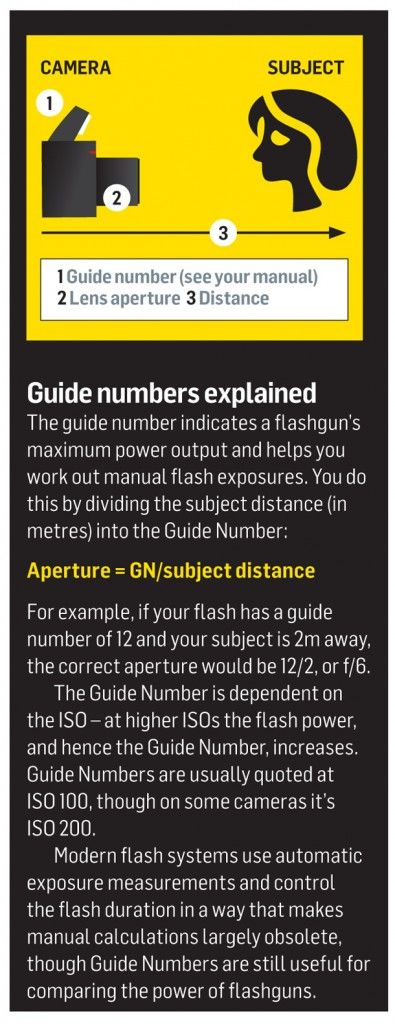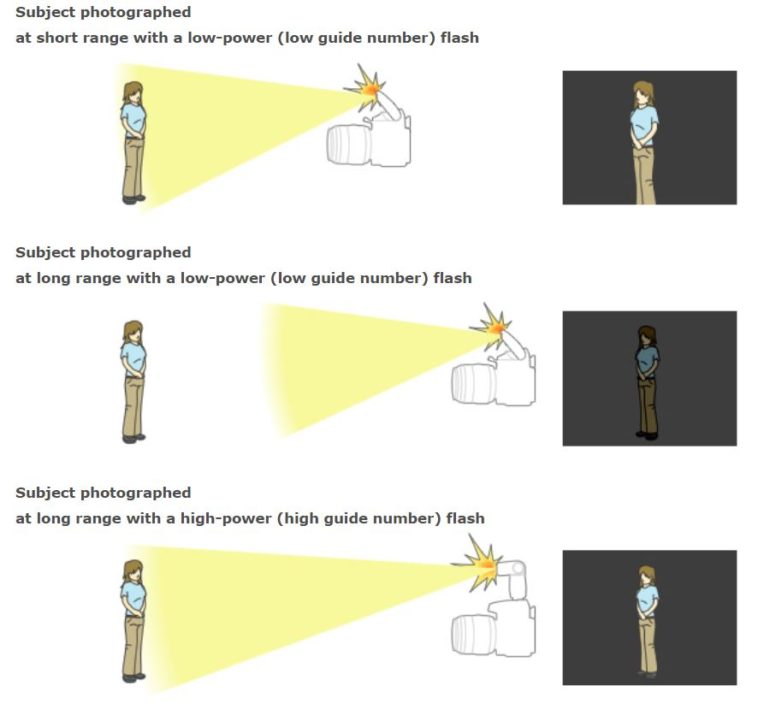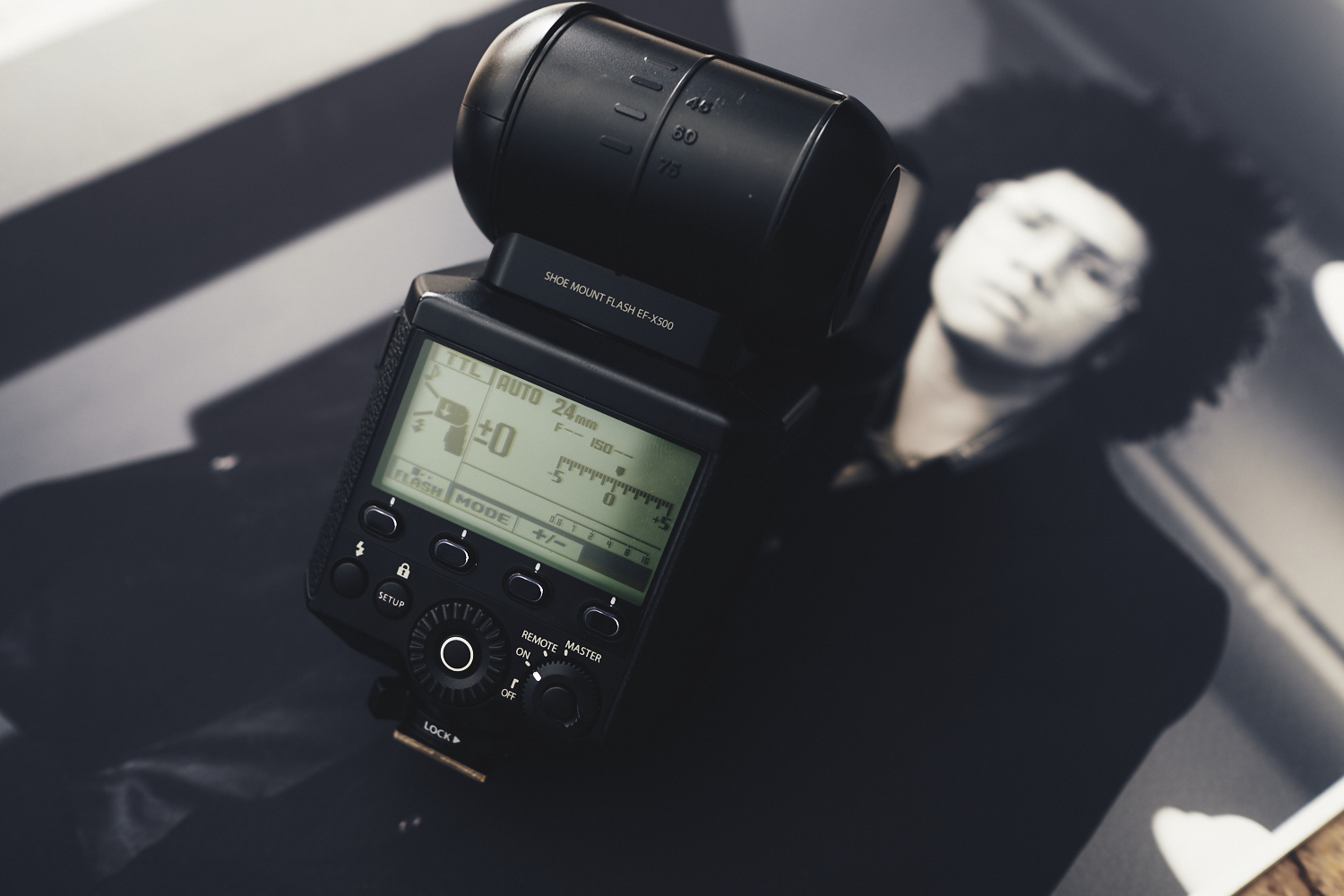Last Updated on 03/24/2020 by Mark Beckenbach
If you’re planning to do a lot of flash photography, you’ll learn some important stuff from today’s photography cheat sheet.
Flash photography isn’t as simple as just illuminating your subject with flash, especially if you’re using a professional flashgun or strobe lights. To be able to use flash effectively, among the things you must know is how to work with the Guide Number of your flash. This technical detail will help you determine the right values for manual exposures in flash photography. Today’s featured photography cheat sheet will serve as a quick guide you can use for your next practice, whether in the studio or on location.
According to the cheat sheet by Digital Camera World, the guide number, which you can find in your flash’s manual, corresponds to the flashgun’s maximum power output. It’s useful for working out the right aperture to use with your flash for correct exposures. To use the Guide Number (GN) for this, divide the distance of your subject in meters into the guide number. Therefore, keep this simple equation in mind: Aperture = GN / subject distance. However, the cheat sheet also notes that the Guide Number is dependent on the ISO. The flash power increases at higher ISO settings, so the Guide Number also increases. Usually, the Guide Number specified is for shooting in ISO 100 but some indicate ISO 200.

The approach above takes the aperture route, but it’s not the only way to look at it. In their flash photography basics guide, Nikon tells us that we can also use the guide number to calculate how close the subject should be at a given aperture. This is particularly useful when you absolutely need to shoot at a specific aperture. As an example, let’s say your flash has a GN of 12 and you want to shoot with an aperture of f8 and ISO 100. Simply divide the GN into the aperture (Distance = GN/aperture) and you have a distance of 1.5 meters. Therefore, if you position your subject within 1.5 meters from the flash, you’ll have a good exposure. If you have to photograph them from further away, you’ll either have to raise the ISO to increase the GN, or use a flash with a higher GN (see the illustration from Nikon below). The higher the GN, the stronger your flash and the further away its illumination will reach.

While today’s flash systems now have automatic exposure measurements and flash duration controls that no longer need manual calculations, the cheat sheets shows us that we can still use Guide Numbers for comparing the power of flashguns. This is particularly useful for those who want to shoot events, weddings, and environmental portraits, which usually includes photographing at a distance from the subject to include more of the scene.
Need more photography tips and tricks like this? Don’t forget to check out our photography cheat sheet collection to find more that will come in handy for your next shoot and projects!


